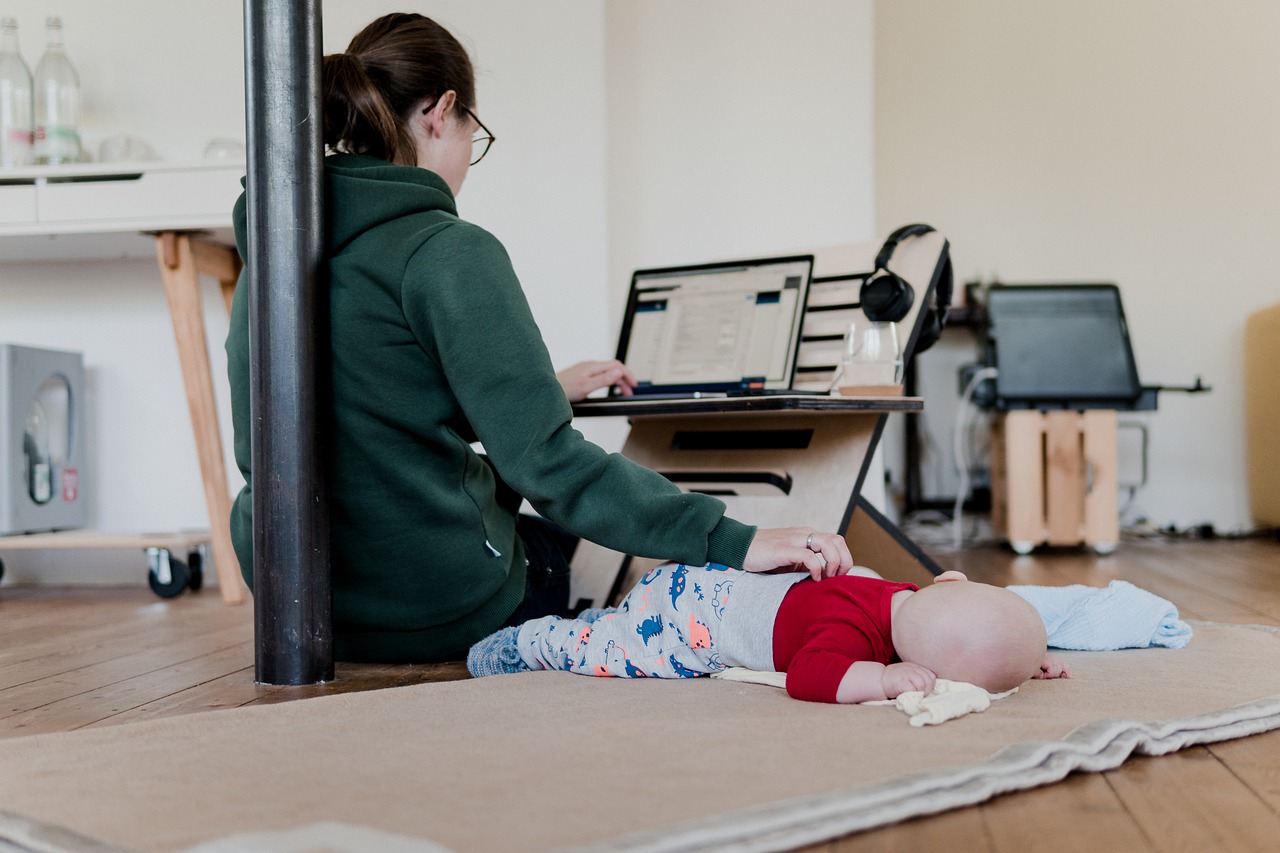
San Francisco Bay Area officials will impose a stay-at-home order early even if the state has not yet reached its threshold.
“Today is a really tough day,” San Francisco Mayor London Breed said during a press briefing. “Our hospitalization rates are rising locally, especially in our ICU right now. And just as importantly, hospitalizations are rising everywhere, so if we run out of beds, there won’t be another county that can help us.”
Newsom cautioned that every area was expected to fall below 15% ICU capacity at some point in December. The Bay Area could be the last region to hit that mark, he said.
Health officers from the San Francisco Bay Area, particularly for the counties of Alameda, Contra Costa, Marin, San Francisco, and Santa Clara as well as the city of Berkeley, issued a joint announcement on Friday, stating that they would implement the order early. The order will be in effect until Jan. 4, 2021.
“We are right now in the most dangerous time of this pandemic for our state and our region,” Breed said in a tweet.
“Cases and hospitalizations are surging. Unless we get things under control immediately, we could quickly run out of hospital beds in the Bay Area,” he said.
The restrictions did not cover some counties in the Bay Area region, such as Napa, Santa Cruz, Solano, Monterey, San Mateo, and Sonoma.
“It takes several weeks for new restrictions to slow rising hospitalizations and waiting until only 15 percent of a region’s ICU beds are available is just too late,” said Dr. Tomas Aragon, San Francisco health officer, in a statement. “Many heavily impacted parts of our region already have less than 15 percent of ICU beds available, and the time to act is now.”
California is posting a weekly average of 16,392 Covid-19 infections daily, a more than 21% increase compared with a week ago, based on a CNBC analysis of data compiled by Johns Hopkins University.
San Francisco public health director Dr. Grant Colfax explained that current trends suggest that San Francisco’s hospitals would need more ICU beds on Dec. 26.
“Our San Francisco ICU, intensive care unit, bed capacity is quickly decreasing,” Colfax said. “We are in an extremely volatile position for our health-care system.”
“I don’t want do any of this,” Breed said on Friday. “I know this means people’s jobs, their businesses, their livelihoods are at stake. This is going to be painful.”
According to Newsom, the state will be divided into five regions: the Bay Area, Greater Sacramento, Northern California, San Joaquin Valley, and Southern California. For three weeks, California stay-at-home order will be implemented if the remaining ICU capacity in a region drops below 15%.
Under the stay-at-home order, bars, personal services, wineries, hair salons, and barbershops will temporarily close. Personal services refer to businesses like nail salons, body waxing, and tattoo parlors. Schools that qualify for the state’s health requirements and infrastructure could still operate. Meanwhile, retail stores could run at 20% capacity and restaurants would still be able to offer take-out and delivery, the governor said.
“The bottom line is if we don’t act now, our hospital system will be overwhelmed. If we don’t act now, we’ll continue to see a death rate climb, more lives lost,” Newsom said during a press briefing.






